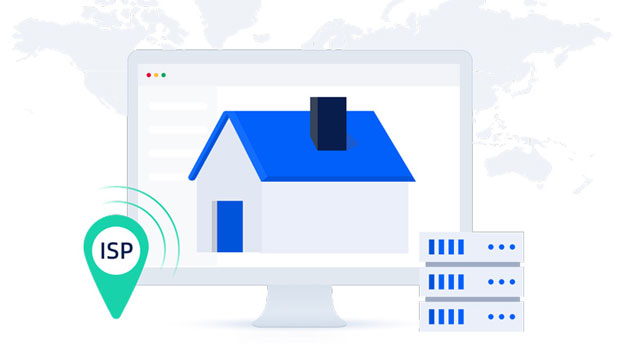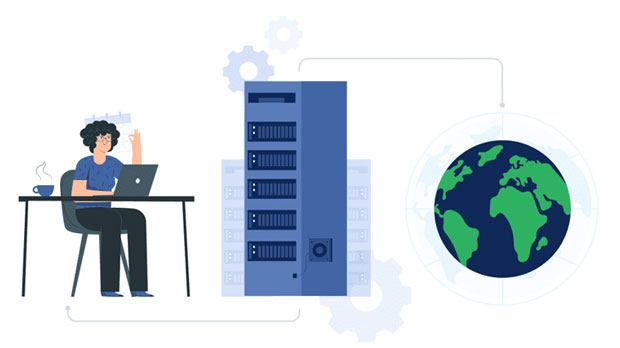In the world of proxy services, particularly when dealing with mobile networks, latency is one of the key factors that influences the user experience. Two popular options, Rayobyte and PYPROXY, provide distinct solutions for handling proxy requests, but how do they compare in terms of latency, especially when used over wireless mobile networks? This article aims to analyze their performance in detail, addressing the pros and cons of each, with a focus on wireless networks. By understanding the latency differences between Rayobyte and PyProxy, users can make better-informed decisions for their specific needs. Understanding Wireless Proxy LatencyBefore diving into the comparison of Rayobyte and PyProxy, it’s important to understand what latency is in the context of wireless proxies. Latency refers to the time it takes for data to travel from its source to its destination and back. In mobile networks, several factors can contribute to latency, including signal strength, network congestion, and the performance of the proxy servers themselves. Wireless proxies work by routing traffic through intermediary servers, which can introduce delays depending on the speed and reliability of the mobile network.For mobile users, high latency can result in slower page load times, interruptions in real-time applications, and overall poor user experience. When using proxies, these delays can be compounded by the added hop in the data’s journey.Rayobyte: Key Features and Latency ConsiderationsRayobyte is a flexible proxy solution designed for various use cases, including mobile applications. While its core functionality is to route traffic through a network of servers, its performance on mobile networks can vary. To understand Rayobyte's impact on latency, several factors must be considered:1. Server Distribution The geographic distribution of Rayobyte’s servers plays a crucial role in determining the proxy’s latency. For mobile networks, the proximity of the proxy servers to the user’s device is important. The further away the server is, the higher the potential latency. Rayobyte’s server network, although extensive, may not always have optimal coverage in regions with dense mobile usage.2. Encryption Overhead Rayobyte often implements encryption protocols for secure browsing. While encryption improves privacy, it also adds additional overhead, which can increase latency. Mobile networks, especially those with fluctuating signal strengths, may experience more significant delays when encryption is enabled, as the data has to be encrypted and decrypted at both ends.3. Connection Stability Mobile networks tend to be less stable than wired connections, with frequent changes in signal strength, especially in remote areas. This instability can cause increased latency when using proxies, as connection drops or slowdowns can lead to retries and delays in establishing a stable connection to the proxy server.4. Proxy Type and Configuration Rayobyte offers various types of proxies, including residential and data center proxies. residential proxies generally offer better performance and lower latency on mobile networks compared to data center proxies, which are often located in centralized facilities and can lead to increased delays due to network hops.PyProxy: Key Features and Latency ConsiderationsPyProxy is another prominent proxy service that targets mobile users, offering similar services but with some distinct differences. In terms of latency, PyProxy’s approach focuses on reducing delays by optimizing its infrastructure for mobile networks. Key factors influencing latency with PyProxy include:1. Optimized Mobile Networks PyProxy’s infrastructure is designed to optimize performance specifically for mobile networks. This means they focus on reducing the number of hops between the mobile device and the proxy server, which in turn reduces latency. PyProxy’s dedicated mobile proxy servers are strategically placed to ensure that latency is minimized, especially for users on the go.2. Network Congestion Management PyProxy has specialized algorithms that detect and manage network congestion. In mobile networks, where congestion can cause severe delays, PyProxy’s system can dynamically adjust traffic routing to avoid overloaded routes. This proactive management helps in reducing latency, even during peak times or in congested network areas.3. Compression Technology PyProxy often utilizes advanced compression techniques to reduce the amount of data transferred between the device and the server. This results in lower latency, especially in mobile networks where bandwidth may be limited. The reduced data size means quicker transmission times and improved performance for mobile users.4. Less Encryption Overhead Unlike Rayobyte, PyProxy often offers a more lightweight encryption solution, or even no encryption in some cases. For users who prioritize speed over security, this can significantly reduce latency. However, for those concerned with privacy, this may be a trade-off, as there may be less protection against data breaches.Latency in Mobile Networks: Rayobyte vs PyProxyNow that we’ve examined the features of both Rayobyte and PyProxy, it’s time to compare their performance in mobile networks.1. Speed and Response Time PyProxy tends to offer faster response times on mobile networks due to its optimized infrastructure. By focusing on minimizing hops and reducing congestion, PyProxy’s performance often surpasses Rayobyte, particularly in areas with weaker mobile signals or high network traffic.2. Impact of Mobile Network Stability Mobile networks, by nature, are unstable, and latency can vary widely depending on the strength of the mobile signal. In regions where mobile connectivity is weak, Rayobyte may suffer from higher latency due to the need for encryption and multiple network hops. PyProxy, on the other hand, has optimized its system to handle fluctuations in signal strength, ensuring more stable performance even in less reliable network conditions.3. Cost vs. Performance Rayobyte is typically more affordable, but users may have to compromise on latency, especially in less favorable mobile network conditions. PyProxy, while offering better performance and lower latency, comes at a higher price point. This trade-off between cost and performance is a key consideration for mobile users, especially those with budget constraints.4. User Experience in Real-World Scenarios In real-world use cases, PyProxy tends to provide a more seamless experience for mobile users. Whether for web browsing, social media, or streaming, PyProxy's faster speeds and lower latency make it the more desirable option. However, for casual users who only need occasional access to proxy services, Rayobyte may suffice, especially in areas with stable mobile networks.When it comes to wireless proxies in mobile networks, latency remains a critical factor in determining overall performance. While both Rayobyte and PyProxy offer viable solutions, their approaches to latency are quite different. Rayobyte’s flexibility and cost-effectiveness may appeal to users on a budget, but those seeking consistent low-latency performance in mobile environments may find PyProxy to be the superior choice. By considering factors such as server distribution, network congestion, and encryption overhead, users can make an informed decision based on their specific needs, ensuring optimal proxy performance in mobile networks.
Sep 20, 2025



































































